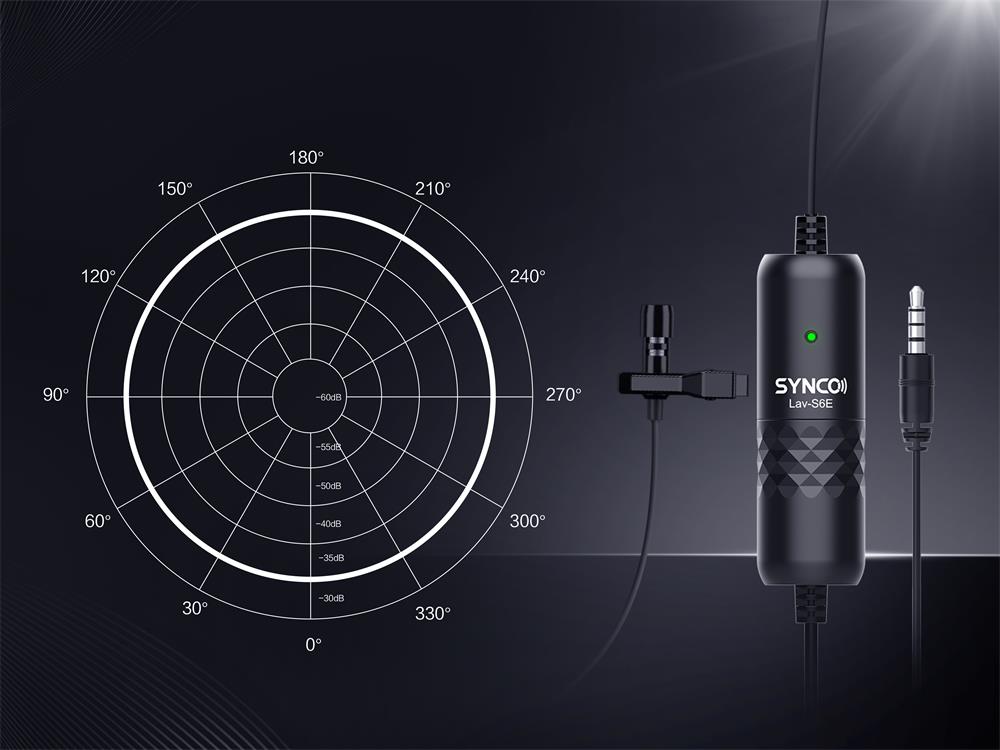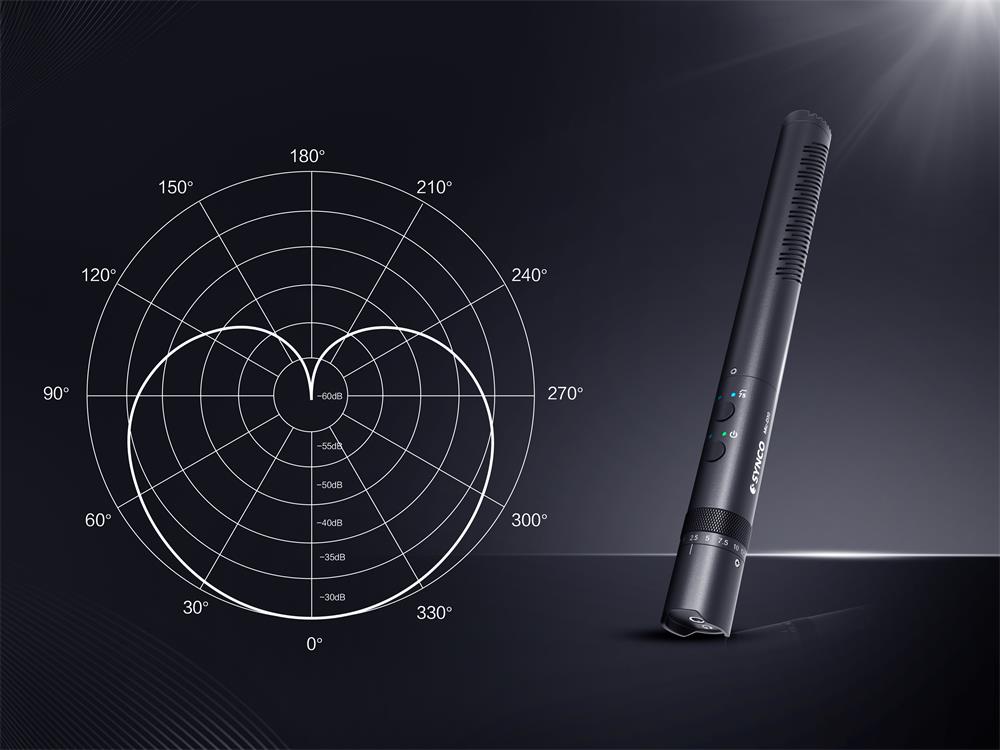Omnidirectional
Picks up sound equally from all directions. The prefix “omni-” comes from Latin and means “all”. In this way, an omni directional microphone captures sound equally from all directions. This means that whether you’re in front, behind, or on one side of the mic, it records the signal with equal strength.
The omni microphone is always great in situations where sound needs to be detected and recorded from different directions or locations. Those used very close to the source, such as lavaliers, headsets, and ear sets, are usually omnidirectional mics.Unidirectional
The pickup pattern of the unidirectional condenser microphone is often heart-shaped. For this reason, this type of microphone is also referred to as cardioid mic. It usually takes a certain amount of skill and practice to use a unidirectional mic.
Cardiod
Good for: • Lecterns and other stationary sources
• Outdoor vocal performances
• Broadcasting
Not so good for: • Isolating sound
• Highly directional recording
Hyper Cardiod
Good for: • Capturing isolated sound in a noisy environment
• Picking up one instrument at a time in an ensemble
Not so good for: • Picking up a broad scope of sound
• Capturing an entire ensemble
Super Cardiod
Good for: • Capturing a clear, crisp vocal that maintains a broad scope
• Recording scary animal sounds from a safe distance
Not so good for: • Blocking sound from the rear (e.g., rowdy audiences)
Bi directional / Figure Eight
Good for: • Duets
• Blocking sound from the sides
Not so good for: • Blocking ambient sounds
• Focusing on a single source
The name cardioid derives from the Greek word meaning ‘heart’. As you can see from the first diagram in the article, a cardioid polar pattern is heart shaped. A cardioid microphone is most sensitive at the front, giving it a strong focus on the sound source that it’s pointed to whilst eliminating sounds behind it. The heart shape is like the perfect sweet spot, as it captures just enough audio at the sides for a more natural sound. For these reasons, a cardioid polar pattern is the most popular one for a wide range of microphones.
Hypercardioid and supercardioid polar patterns are closely related. As the names suggest their pickup area is more focussed than a cardioid polar pattern. They are a little sensitive to audio behind but reject more audio from the sides. This makes them ideal for isolating sound sources from the room noise, plus they can resist feedback better than a cardioid microphone. They perfect for live environments when you need a tighter pickup pattern that will reject sounds from the sides.
A figure-of-eight polar pattern picks up audio directly in front and behind it, whilst rejecting sound from the sides. This is a less commonly used polar pattern than others as it has very specific purposes. You could use this type of microphone to record two singers standing opposite each other, or to record two people sitting opposite each other during an interview.
You could also record a singer-songwriter, with the front of the microphone facing upward towards the voice, whilst the back of the microphone is facing down towards the acoustic guitar, now you have recorded both sounds in isolation. Now you separate control over the vocals and acoustic guitar during the mixing process.
Shotgun Polar Pattern
Ever seen those microphones that boom operators use to record actor’s dialogue during the filming of a movie? These are shotgun microphones attach to a boom pole that holds the microphone at a distance out-of-frame.
It’s the boom operators’ job to swiftly move this microphone so that it’s pointed directly towards the actor that is speaking at any given moment. This is no easy task; imagine trying to hold that microphone for a long amount of time, with the knowledge that if you don’t change position fast enough and miss a line, you have ruined the whole take for the that scene.
Shotgun microphones have the narrowest polar pattern out of all of them and do an outstanding job at only recording what they point to. This makes them perfectly suited for recording dialogue, talks, and speeches. Sound designers and foley artists also often use them to record sounds close up in detail.



